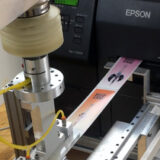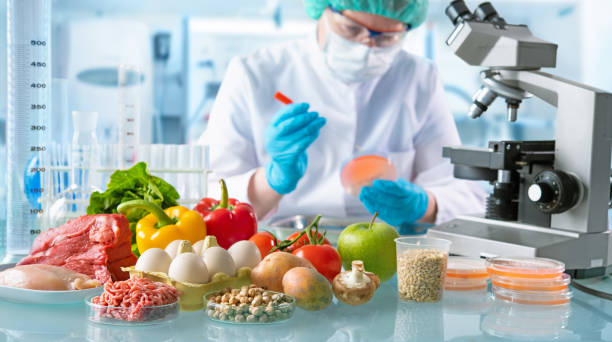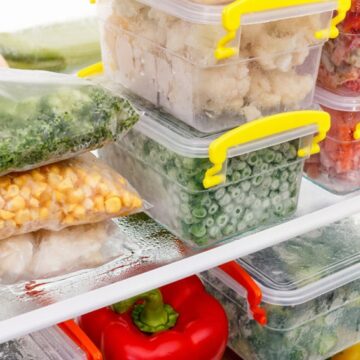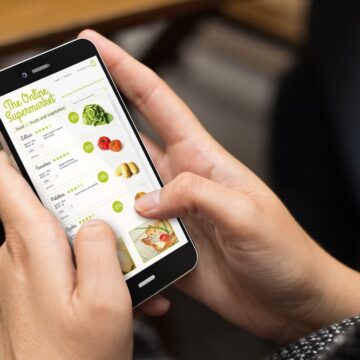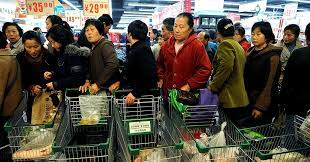One of the most crucial aspects of operating a restaurant, catering business, or other foodservice institution is ensuring food safety. Inspectors ensure all is up to standard and that people can eat it safely. It’s your obligation as a cook to know what foodstuffs are permitted in your location and how long they can be preserved before going bad.
Most team leaders should be able to identify and describe what makes managing and processing dangerous. Food safety, on the other hand, should not be taken for granted; it can only be achieved by processes, training, and continual monitoring. Inappropriate food safety can have far-reaching repercussions, jeopardizing customers’ health.
With that in mind, let’s get to the topic of the day;
Why Is food safety monitoring essential?
Food safety monitoring is critical for any company that works in the food sector. Every sort of business, from supermarkets and convenience stores to fast food outlets and eateries, must build customer trust that the food and beverages they buy are free of pollutants such as disease-causing microorganisms.
Using multiple monitoring systems is one technique to preserve food quality and safety. Foods that must be kept refrigerated or frozen must be kept at certain temperatures. If temperature fluctuations occur, they must not surpass specified thresholds, or the food may get contaminated.
What is the role of monitoring in ensuring the safety and quality of a product?
Food storage monitoring involves maintaining quality and safety since it demands food to be processed in a specified manner. Monitoring measures that can be traced should be implemented to detect any needs and challenges regarding the safety and quality of food supplies.
For instance, most restaurants require deep freezers and coolers with proper temperature monitoring solutions. Why? You can track, manage, and adjust the temperature of products in a particular setting with a temperature monitoring system. Also, it ensures that temperature-sensitive products are kept secure.
The following are some of the most important characteristics of a conventional temperature monitoring system:
- Alerts that are sent automatically: You’ll receive automatic notifications for things like high and low temperatures.
- Alerts of temperature changes: A little temperature change will notify the monitoring system, and you will be notified of the rise or fall in temperature.
- It generates reports that you may use to analyze patterns and take new actions as needed.
Those in the food sector can obtain various advantages by deploying the correct monitoring systems, such as:
- It makes data collection easy.
- Provides the ability to create customized reports from data.
- Assists businesses in adhering to federal, state, and municipal regulations, rules, and laws.
- It’s now simpler to find the source of future outbreaks before they happen.
- Minimizes the likelihood of human error.
Bottom Line
For a variety of reasons, knowing about food safety is essential. To begin with, it can mean the gap between illness and wellness, and in certain situations, life and death. Moreover, it will assist you in avoiding legal entanglements when selling your goods or preparing food for others.
Since food safety is arguable the most important aspect of running a restaurant, you can use the information from the article and the tips below to be as food safe as possible.
Provided by FOG Tank – heated soak tank for sale

